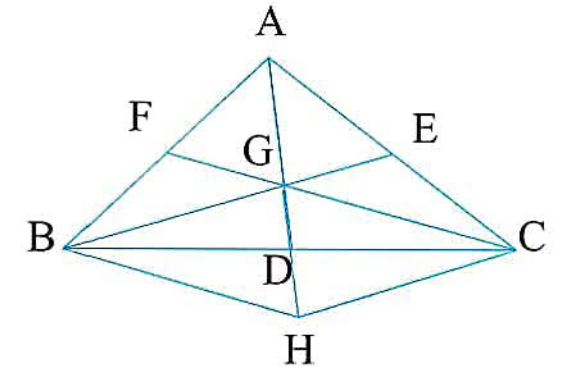
AllQuestion and Answers: Page 238
Question Number 197575 Answers: 0 Comments: 0
$${find}\:\int_{\mathrm{0}} ^{\mathrm{1}} \left({tanx}\right)^{\frac{\mathrm{1}}{{n}}} {dx} \\ $$
Question Number 197570 Answers: 0 Comments: 0

Question Number 197569 Answers: 0 Comments: 2

Question Number 197567 Answers: 1 Comments: 0

Question Number 197564 Answers: 1 Comments: 4
Question Number 197562 Answers: 0 Comments: 0
Question Number 197550 Answers: 1 Comments: 0
Question Number 197549 Answers: 0 Comments: 3
Question Number 197548 Answers: 1 Comments: 0
Question Number 197541 Answers: 2 Comments: 3
Question Number 197530 Answers: 2 Comments: 0
Question Number 197525 Answers: 2 Comments: 0
Question Number 197524 Answers: 2 Comments: 0

Question Number 197517 Answers: 0 Comments: 0

Question Number 197514 Answers: 1 Comments: 0
Question Number 197502 Answers: 0 Comments: 1

Question Number 197501 Answers: 1 Comments: 0

Question Number 197500 Answers: 1 Comments: 1

Question Number 197499 Answers: 1 Comments: 0

Question Number 197496 Answers: 2 Comments: 0
Question Number 197483 Answers: 1 Comments: 0
Question Number 197482 Answers: 1 Comments: 0
Question Number 197479 Answers: 2 Comments: 1
Question Number 197476 Answers: 1 Comments: 7
Question Number 197475 Answers: 3 Comments: 0
Question Number 197470 Answers: 2 Comments: 0
Pg 233 Pg 234 Pg 235 Pg 236 Pg 237 Pg 238 Pg 239 Pg 240 Pg 241 Pg 242
